One of Bursa’s most prominent historical locations is the county of Iznik, also known as ancient Nicaea. Iznik is not a particularly large county, by comparative standards — home to only 15,000 residents — but it is brimming with historical artifacts and culture.
One of its many features is the centrally-located Hagia Sophia, (Greek: Ἁγία Σοφία, “Holy Wisdom”).¹ According to the World Heritage Encyclopedia, the church was originally built by Emperor Justinian I towards the middle of the 6th century.² Natural elements and manmade disasters affected the structure and the building underwent multiple restorations over the centuries. It was converted to a mosque in the 14th century following the city’s occupation by the Ottomans and was later given museum status in 1935. In 2011, it was controversially repurposed to be used as a mosque as it continues to this day.³
Nicaea is commonly known in Christian circles as the location of the ecumenical councils. These gatherings of theologians were purposed for affirming the canon of Biblical scripture, discussing the role of icons in religious ceremony, and other important early-church issues. Hagia Sophia was the meeting location for the second council of Nicaea held in 787 AD.
Touristic visits to the site are possible, though as a current place of worship, slightly more limited. Plan to visit outside of formal prayer times and respectful attire and behavior is expected while inside.
Other sources for additional reading:
- ¹ https://greekcitytimes.com/2020/09/06/turkey-hagia-sophia-mosque-in-nicaea-iznik/
- ² http://community.worldheritage.org/articles/eng/Hagia_Sophia,_Iznik
- ³ https://www.nytimes.com/2012/02/09/world/middleeast/the-church-that-politics-turned-into-a-mosque.html
- https://whc.unesco.org/en/tentativelists/5900/
- https://greekreporter.com/2018/06/14/hagia-sophia-in-iznik-historical-church-turned-mosque/
- Also see our overview of Iznik article from 2015.

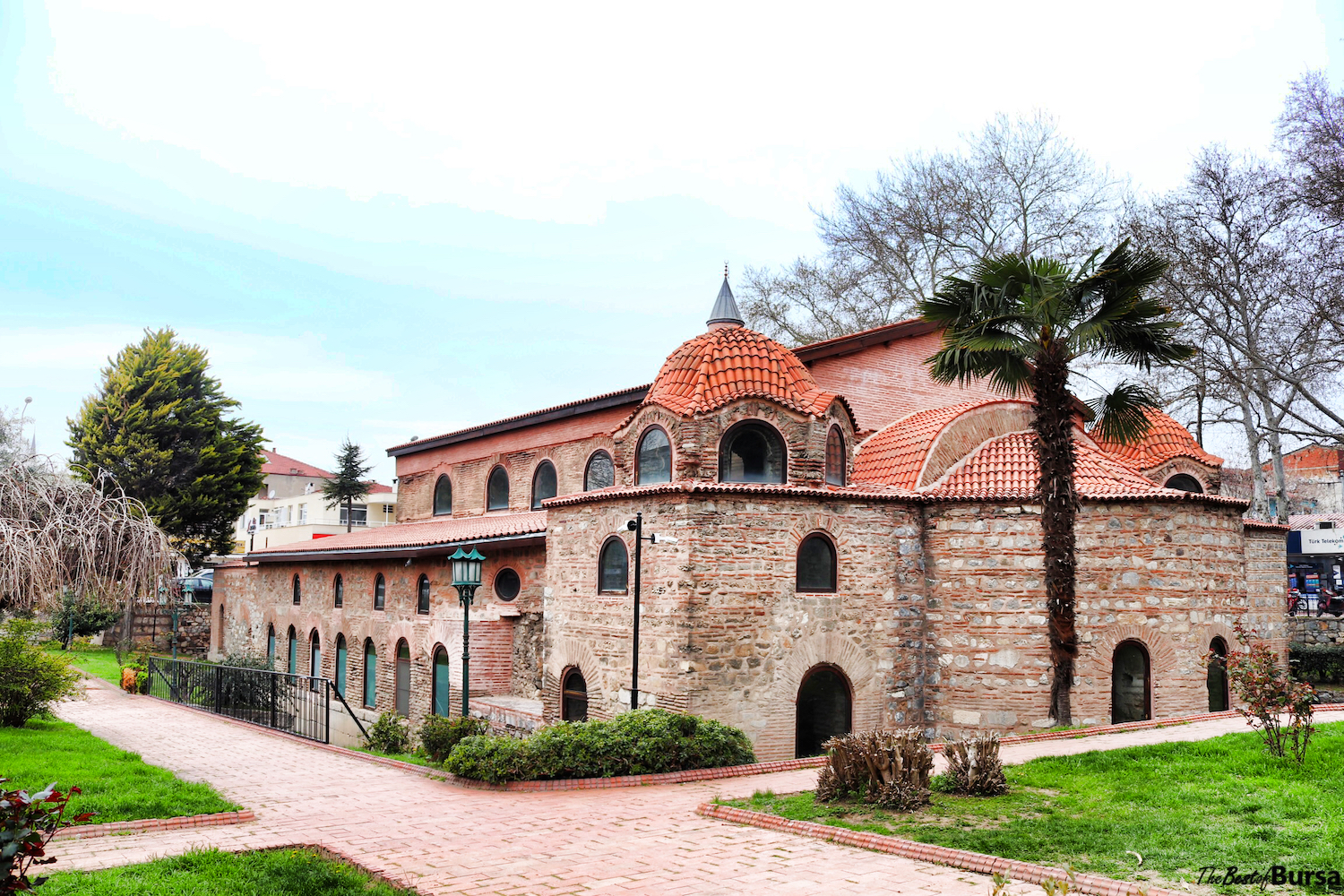
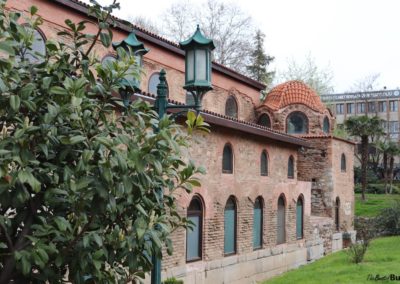
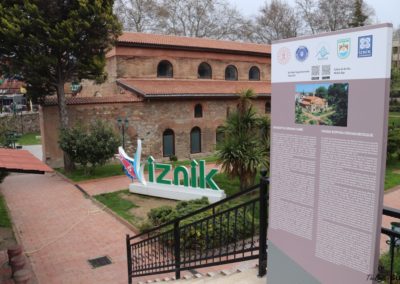
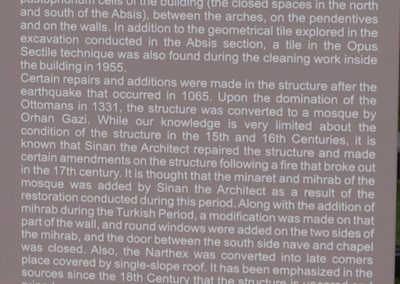
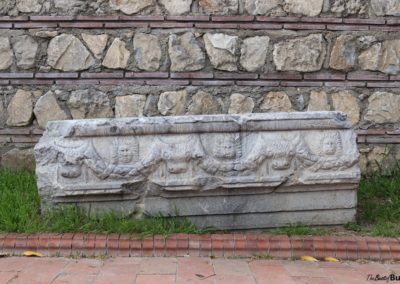
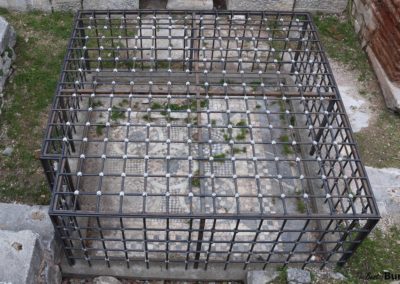
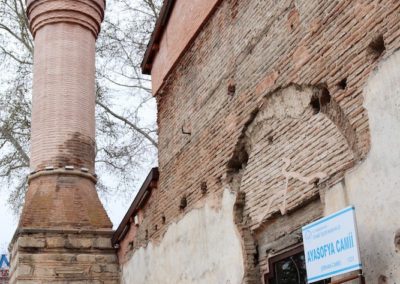
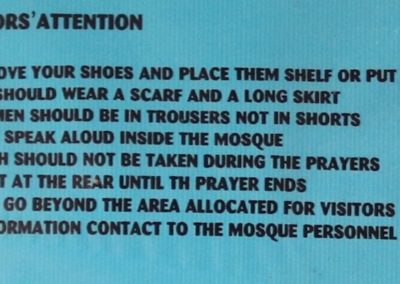

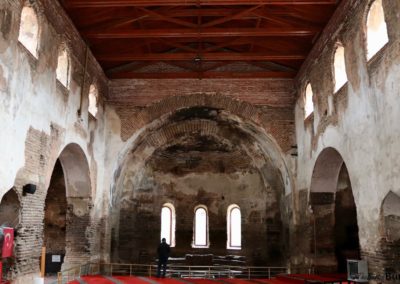
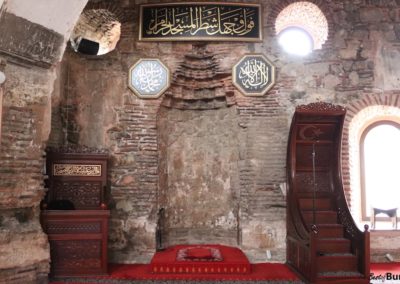
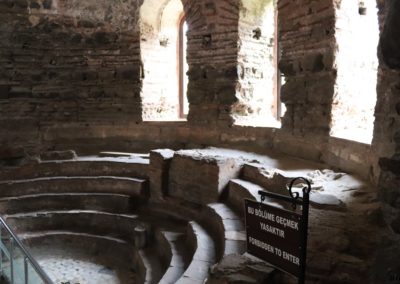

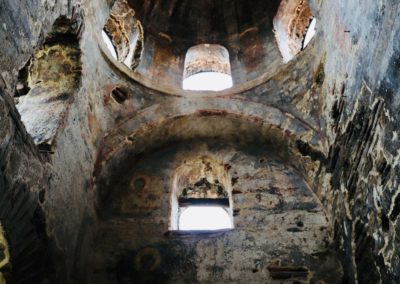
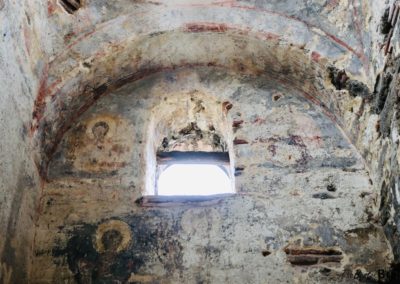
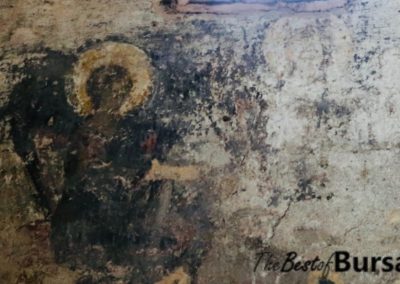
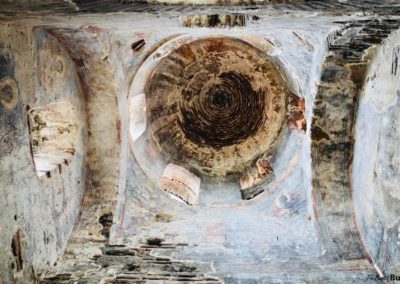
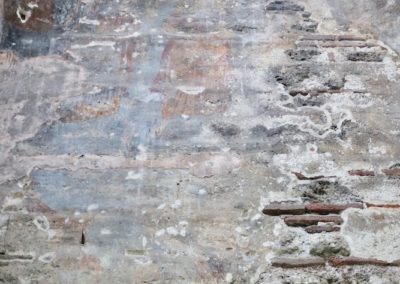
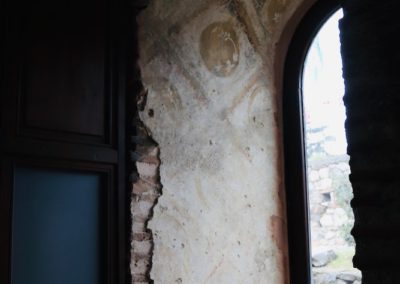
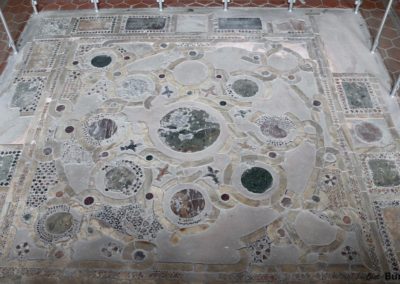

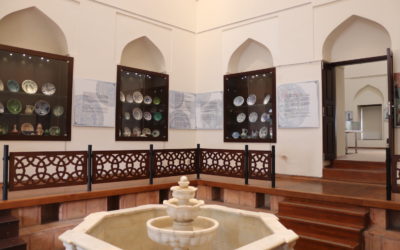
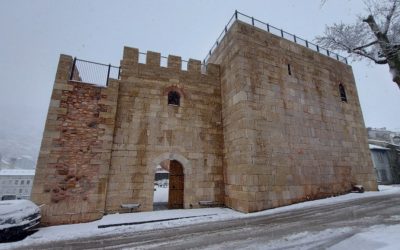
0 Comments